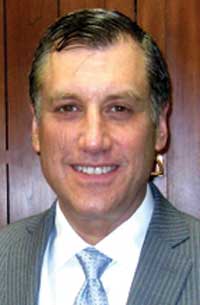Much of health information technology (IT) focuses on patient documentation, compliance, and coding. While this is clearly a valuable service, there is still much more that can be garnered from health IT. Medicine needs to take a lesson from mainstream pop culture, be it texting, Twitter, Facebook, or other social networking platforms. The power of communication and connectivity is stronger than ever before, and healthcare providers should capitalize on the technological opportunities that exist today. Communication between physicians and between doctors and patients is suboptimal. Some studies have suggested that concerns over privacy and HIPAA compliance hinder the adoption of web communication, but other factors can play a role, including:
Medical liability concerns.
Difficulty in explaining nuances of medical information.
Lack of websites where safe communication can occur.
Fear of information going “viral.”
Age of physicians.
Time constraints in the office.
Increasing Physician-to-Physician Communication
While much research has been directed at exploring patterns and trends in doctor–patient communication, an equally important area that warrants study is physician-to-physician communication. The value of doctors collaborating on patient care is immeasurable. Unfortunately, several barriers to online communication between physicians are prevalent. For example, many EMR systems are unable to communicate information with other platforms due to technical issues. Some of these systems also do not allow for customized summaries of evaluations that can be sent easily to referral doctors. There is also no “national” secure health messaging system available to physicians. Lastly, the median age of doctors is still tending toward an older, less computer-literate group.
Stepping Forward: Specialist Referral
In order to improve communication between physicians, both short- and long-term strategies will need to be utilized. One strategy that can be effective is to assist patients in getting appointments with specialists. A novel system called ViaVisit (www.viavisit.com) was recently developed and acts as a “referral social network” appointment maker. Specialists can produce templates for specific referral doctors and reserve weekly appointment times in their schedules. The referral doctor has a unique, secure password in ViaVisit that shows them the appointments. The referring doctor’s office can then simply make appointments for their physician-on-patient checkout. Using a back-office database, physicians can get a series of notifications that indicate when a template appointment was made. That appointment can then be entered into the physician’s own appointment program.
Strategies for the Future
In the future, it behooves the healthcare system to develop tools in which a national databank is created so that all patient information is provided electronically. Ideally, patients can then opt-in to participate. While it may take a long time to develop, there are other tools that may be easier to create, such as a national hospital-based x-ray, lab, and cardiac test database. Since the majority of hospitals already have these tests electronically filed and because they have secure information systems combining these datasets, it may not be too much of a daunting challenge. Furthermore, it would be helpful to develop a national secure health messaging website that has liability protections so that physicians can have a free and safe environment to share information concerning patients they are co-managing or other patient cases in general. The hope is that tools like these will further enhance and foster communication between physicians.



 Janine Anthes
Janine Anthes